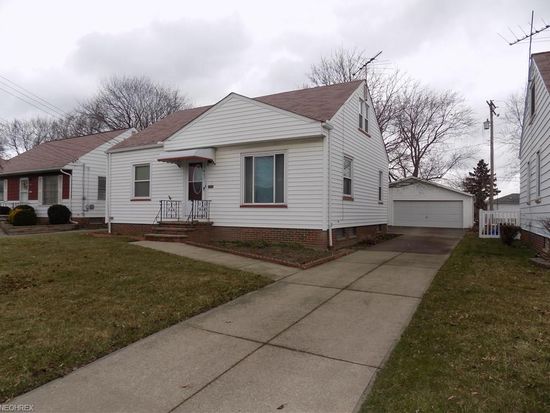
When spring finally arrives in Cleveland, OH, it will be time to take a hard, close look at your lawn. Winters throughout Ohio can be harsh on a lawn, and you need to get it back into shape before the heat of summer arrives. Here are some springtime tips for getting your Cleveland lawn ready for the summer heat.
1. Remove Debris
Begin by raking your lawn and collecting all the debris, this includes dead leaves, branches, sticks and even trash. However, if you notice matted down patches of grass with gray spots it could be snow mold. Snow mold can kill the leaves of the grass but, most of the time, it won’t kill the grass itself. If you take a leaf rake and fluff it up, so circulation improves, then the grass should become green again once it starts to grow.
If it was a severe winter in Cleveland, then there may have been significant amounts of salt used on the roads. Road salt not only damages cars, but also kills grass. While grass doesn’t care for salt, some weeds, especially crabgrass, love it. You can use a soil conditioner which will help the salt leach through the soil. It will also buffer any adverse effects of salt on plants and grass. If it’s applied before a rain, then the rain will help it to soak into the soil.
2. Reseed
When you evaluate your lawn, look for bare spots. Bare spots can end up hosting annual weeds if not taken care of. The best thing to do is to add some grass seed into the empty spots after the spot is prepped. Usually, a mix of Kentucky Bluegrass, Fine Fescue, and Perennial Ryegrass will be the right combination to take care of it. Contact your local lawn care professional or garden center for help on what grass seed type to use for your current grass type.
3. Mow
Be sure to mow your lawn to prevent the development of future weeds. The first mowing of the year can be about 2.5 inches. This is shorter than what you would typically cut your grass. An average cut is about 3.5 to 4.5 inches and should be mowed at that level until the fall.
4. Aerate
If your soil is compacted, it will need to be aerated. When you aerate the soil, plugs of the earth are removed with a lawn aerator that has hollow tines. These tines remove the plugs of dirt from the lawn. This allow the roots to breathe and grow and reduces thatch which makes a healthier lawn.
5. Fertilize
If and when you decide to fertilize your lawn, remember not to use a pre-emergent herbicide too close to the time you plant grass seed, this can cause difficulty in getting the grass to grow. To use an organic fertilizer, make sure its low in nitrogen and is slow release. Using a treatment low in nitrogen will make sure the grass doesn’t grow too quickly.
Nitrogen, potassium, and phosphorous are mixed in fertilizers, giving the soil the right balance to produce a thick and lush grass. You can also find types of fertilizers which are water-soluble and can easily be put through an automatic water irrigation system. A water-soluble fertilizer is ideal for early spring fertilizing because it releases nitrogen slowly into the soil. This will let your grass grow slowly and doesn’t affect your soil pH.
Spring means getting your lawn ready for the summer months, so you want to make sure you do it right using these lawn care tips.
Feature image source: Zillow